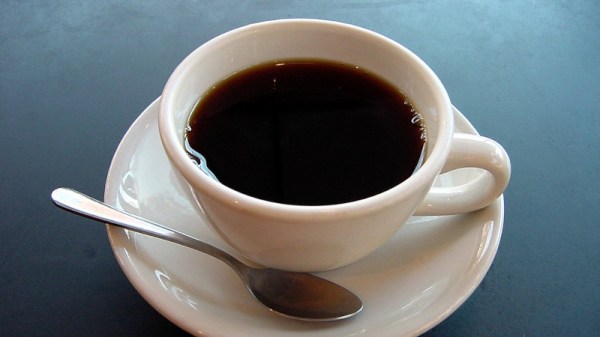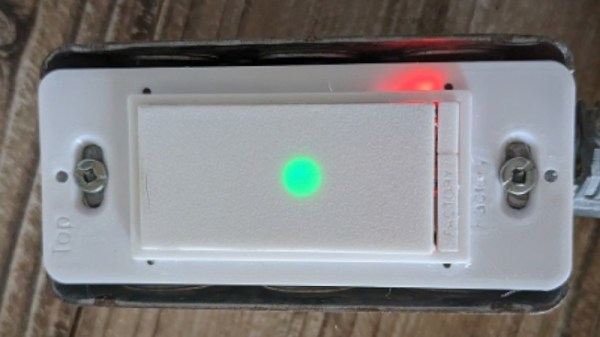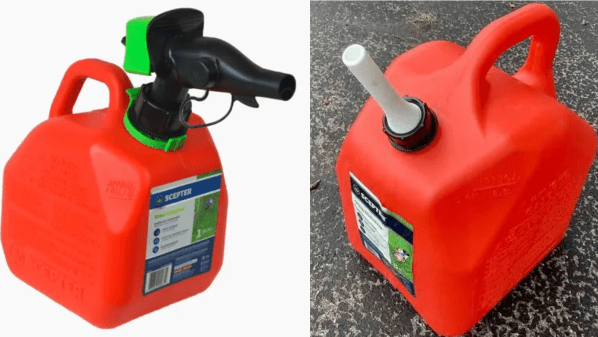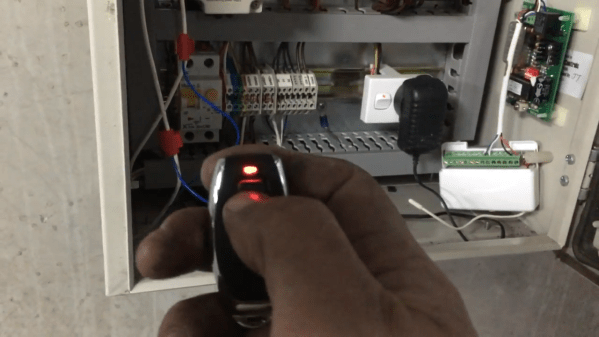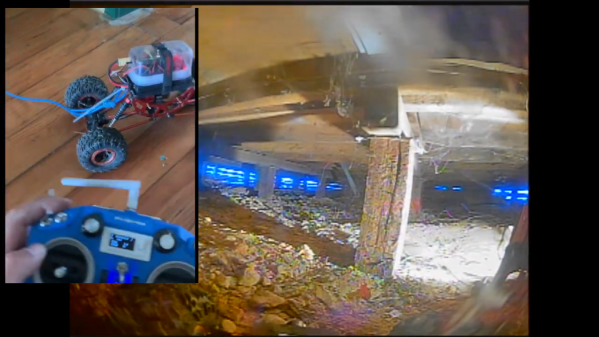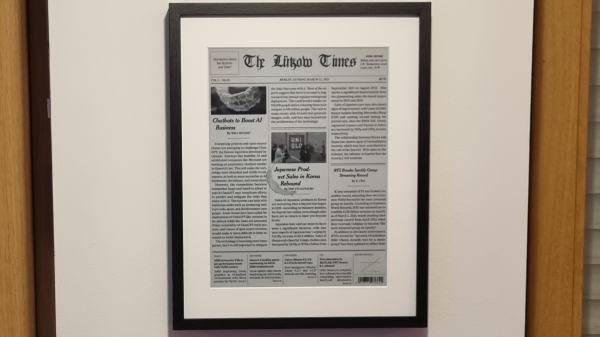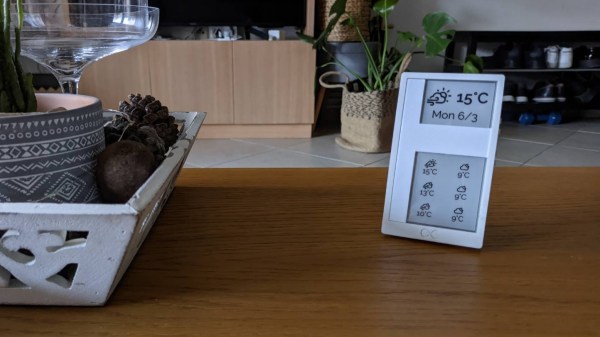In the study of genealogy it’s common to find people who will go to great lengths involving tenuous cross-links to establish royalty or famous figures such as George Washington or William Shakespeare in their family tree. There’s no royal blood and little in the way of fame to be found in my family tree, but I do have someone I find extremely interesting. One of my great-great-grandfathers was a Scottish engineer called James R Napier, and though his Wikipedia entry hasn’t caught up with this contribution to 1840s technology, he was the inventor of the vacuum coffee pot.
 He was born in Glasgow in 1821 and was the son of a successful shipbuilder, Robert Napier, into whose business he followed once he’d received his education. He’s probably most well known today for his work in nautical engineering and for inventing Napier’s Diagram, a method for computing magnetic deviance on compass readings, but he was also a prolific engineer and author whose name crops up in fields as diverse as air engines, weights and measures, drying timber, and even the analysis of some dodgy wine. The coffee percolator was something of a side project for him, and for us it’s one of those pieces of family lore that’s been passed down the generations. It seems he was pretty proud of it, though he never took the trouble to patent it and and thus it was left to others to profit from that particular invention.
He was born in Glasgow in 1821 and was the son of a successful shipbuilder, Robert Napier, into whose business he followed once he’d received his education. He’s probably most well known today for his work in nautical engineering and for inventing Napier’s Diagram, a method for computing magnetic deviance on compass readings, but he was also a prolific engineer and author whose name crops up in fields as diverse as air engines, weights and measures, drying timber, and even the analysis of some dodgy wine. The coffee percolator was something of a side project for him, and for us it’s one of those pieces of family lore that’s been passed down the generations. It seems he was pretty proud of it, though he never took the trouble to patent it and and thus it was left to others to profit from that particular invention.
Vacuum Coffee Pots: Impressive, But Slooow
Just what is a vacuum coffee pot, and what makes it special? The answer lies in the temperature at which it infuses the coffee. We take for granted our fancy coffee machinery here in the 21st century, but a century and a half ago the making of coffee was a much simpler and less exact process. Making coffee by simply boiling grounds in water can burn it, imparting bitter flavours, and thus at the time a machine that could make a better cup was seen as of some importance. Continue reading “My Great-Great-Grandad, The Engineer Who Invented A Coffee Pot”

